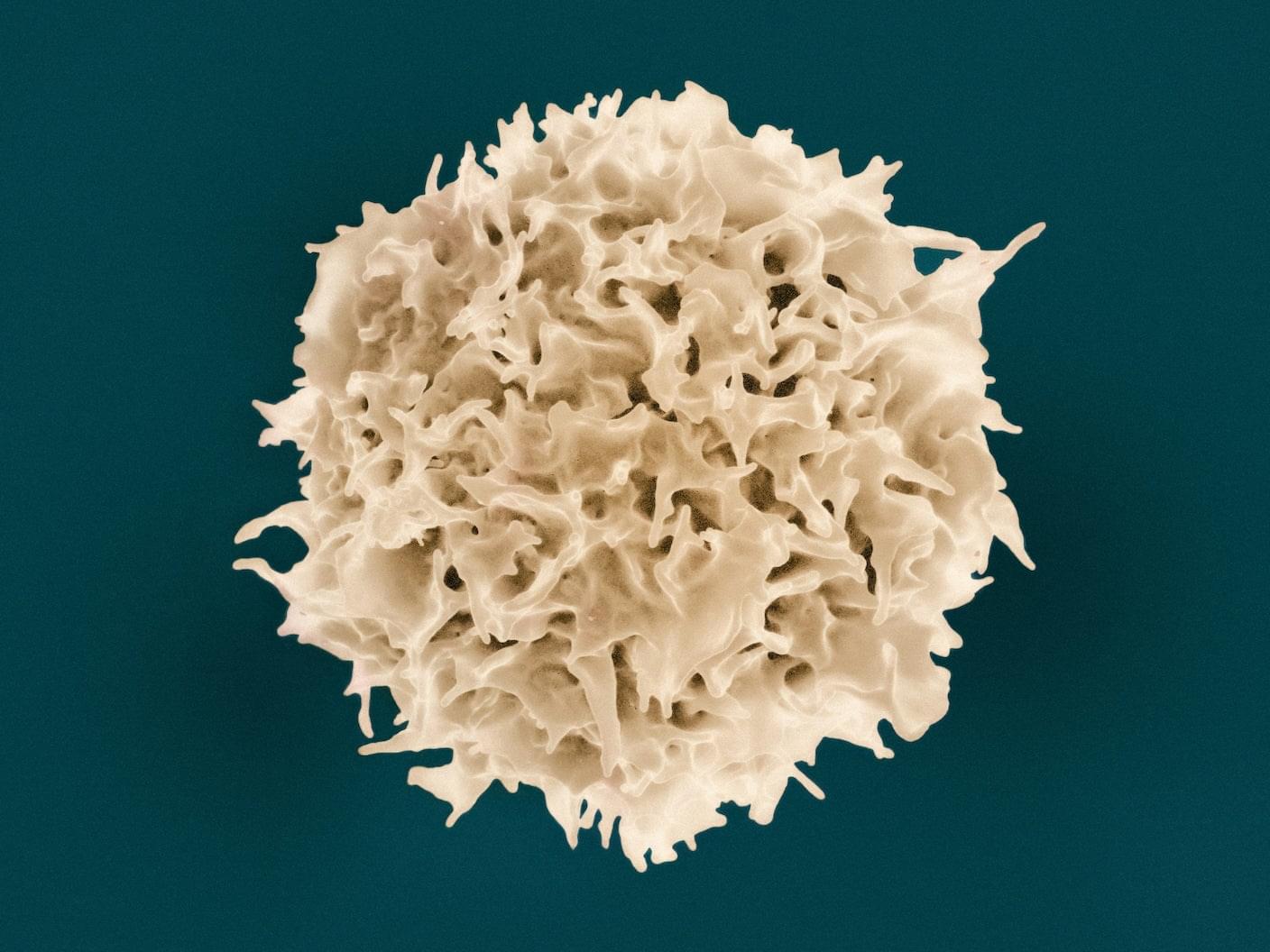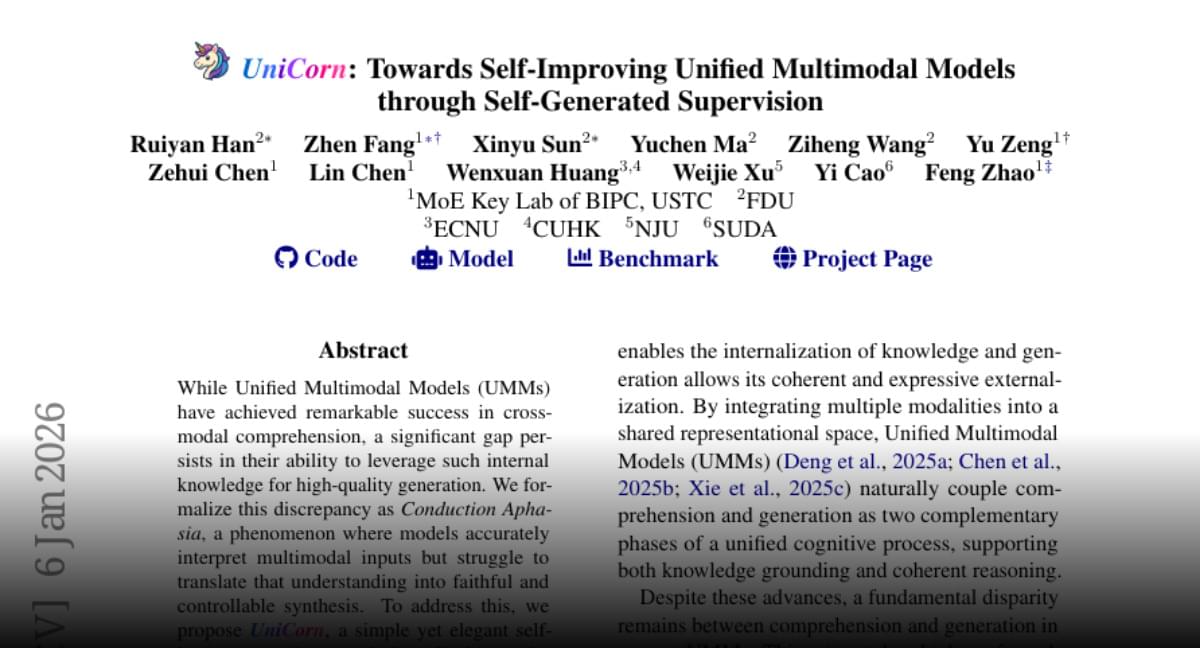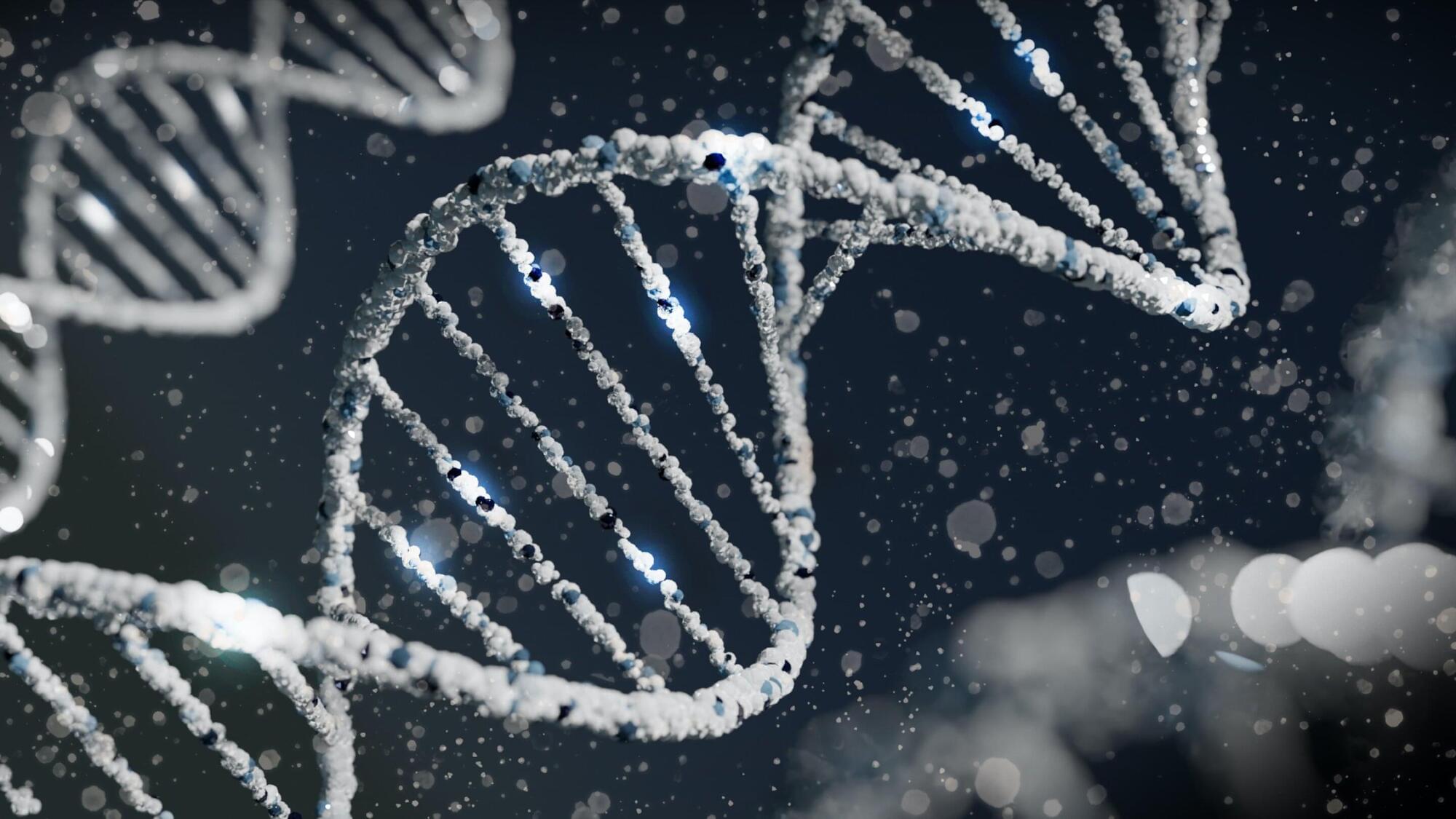Scientists discover unique 20 km long rock structure beneath Bermuda, explaining the uplift of the ocean floor without active volcanism.






Seasonal influenza activity remained high and increased in late December, prompting the CDC to classify the 2025–26 flu season as “moderately severe.” The agency estimates at least 11 million illnesses, 120,000 hospitalizations, and 5,000 deaths so far—substantially higher than the same point last season. Experts note flu cases are underreported and expect the peak in the coming weeks.
Jan 5 (Reuters) — Seasonal influenza activity remained elevated and rose in the final week of December, U.S. Centers for Disease Control and Prevention data showed on Monday, as the agency for the first time classified the 2025–26 season as “moderately severe.”
CDC estimates the season’s toll so far at least 11 million illnesses, 120,000 hospitalizations and 5,000 deaths.
In the 2024–25 season, CDC estimated at least 5.3 million illnesses, 63,000 hospitalizations and 2,700 deaths in the week ended December 28, 2024.

Statins in genetic myopathies: a retrospective analysis of safety and tolerability.
ObjectivesStatins are widely prescribed lipid-lowering agents, but their safety and tolerability in patients with underlying genetic myopathies remain uncertain. We aimed to study statin safety and tolerability in genetic myopathies using a large retrospective cohort.

Novel research led by Brazilian scientists describes the immune system’s reactions in detail in the first living patient to receive a genetically modified pig kidney transplant. This paves the way for the search for therapies that can prevent organ rejection.
The study demonstrates the feasibility of this type of graft but indicates that controlling initial rejection alone is insufficient. This is because even with immunosuppressants, continuous activation of innate immunity—the body’s first line of defense, especially macrophages, which react to any threat—can compromise long-term survival.
Through transcriptomic, proteomic, metabolomic, and spatial analyses, the scientists have determined that new strategies are necessary to achieve long-term survival and favorable clinical outcomes. They recommend combining therapies that target innate immunity with advanced genetic engineering in donor pigs. They also suggest preventing early T lymphocyte-mediated rejection and implementing more sensitive monitoring approaches.

Precision and timing of gene expression is essential for normal biological functions and, when disrupted, can lead to many human diseases, including cancers. However, how molecular machines—protein complexes—that control gene expression locate to specific genes at specific times within the nuclei of our cells has remained a mystery.
Now, scientists at Dana-Farber Cancer Institute have discovered a new protein domain, SWIFT, found on a major chromatin remodeling complex family called mammalian SWI/SNF (mSWI/SNF or BAF) complexes, which helps these regulatory machines target particular genes to activate their expression.
The findings, published in Science, reveal how the SWIFT platform on mSWI/SNF complexes engage transcription factors (TF) to enable specialized cellular functions during both normal development and cancer. Particularly in human cancers, SWIFT-TF engagement sustains cancer-promoting gene expression and cell growth. Notably, breaking interactions with mutations halts cancer cell growth, flagging this new SWIFT-TF platform as a promising target for small molecule development.


Researchers at the Helmholtz-Zentrum Dresden-Rossendorf (HZDR) have uncovered previously unobserved oscillation states—so-called Floquet states—in tiny magnetic vortices. Unlike earlier experiments, which required energy-intensive laser pulses to create such states, the team in Dresden discovered that a subtle excitation with magnetic waves is sufficient.
This finding not only raises fundamental questions in basic physics but could also eventually serve as a universal adapter bridging electronics, spintronics, and quantum devices. The team reports the results in the journal Science.
Magnetic vortices can form in ultrathin, micron-sized disks of magnetic materials such as nickel–iron. Within these vortices, the elementary magnetic moments—tiny compass needles—arrange themselves in circular patterns.